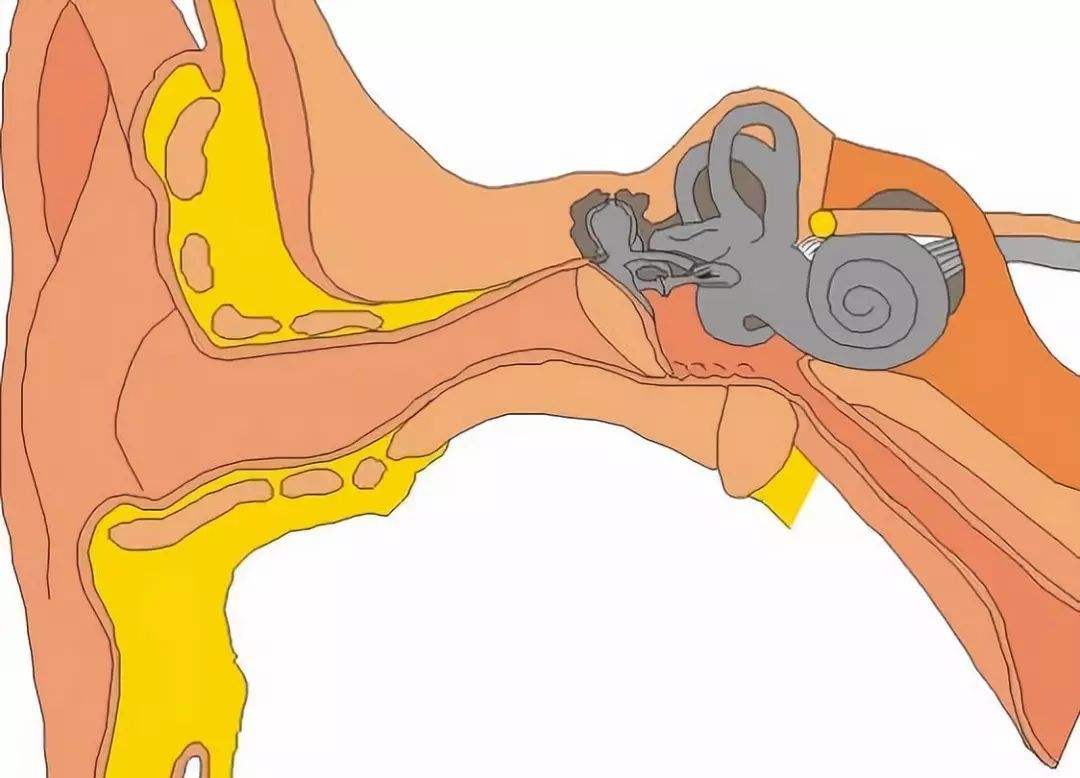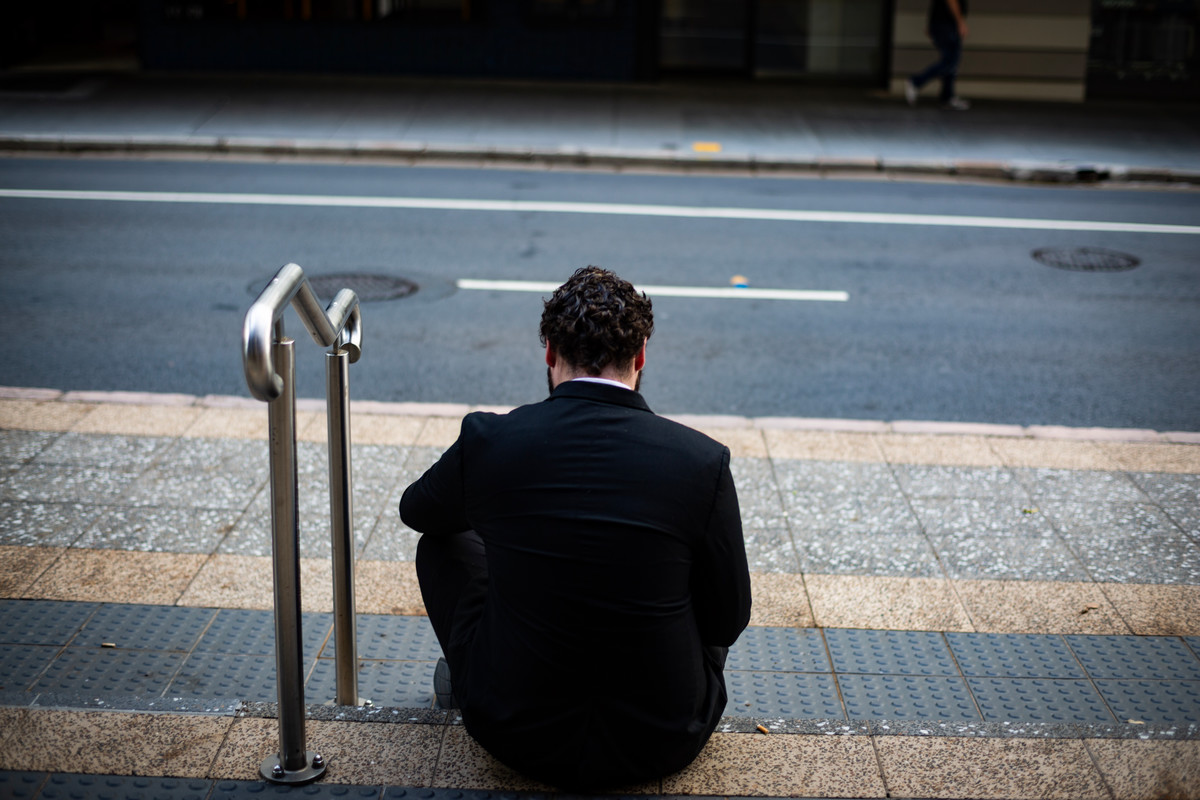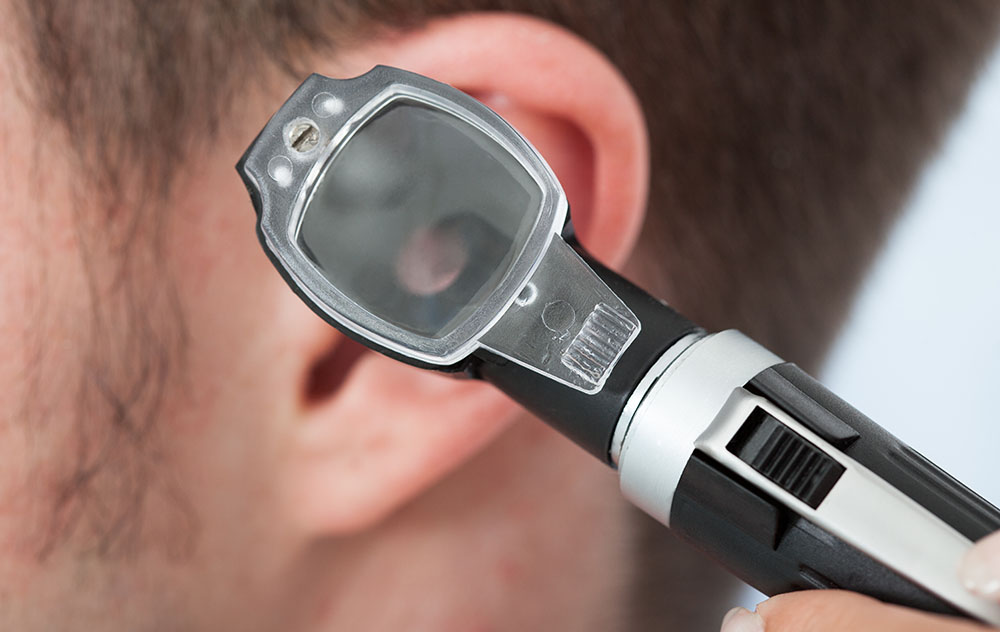In general, hearing impairment is classified as a disability, depending on the hearing loss severity. This is very important as it has a lot to do with the Americans with Disabilities Act (ADA) and Social Security Regulations. Under the act and regulations, a person can be granted some protection depending on their hearing impairment or disabilities. Under the Social Security Regulations, such a person can be given certain disability benefits.
Yet, the laws that govern the classification of disabilities seem to be very inadequate. Often, this has led to so many questions about the conditions that can fall under disabilities. One such problem is whether wearing a hearing aid can be classed as a disability. This article will answer this question and other commonly asked questions about hearing disability or impairment.
 Hearing impairment as a disability
Hearing impairment as a disability
Different organizations have different classifications for disability. For example, according to the World Health Organization, any disability definition can be broken down into three categories:
* Impairment: This looks at the physical appearance of the body.
* Activity limitation: This deals with limited physical movements or hindered due to the impairment. Hearing difficulties fall under this category.
* Restriction in participation: This involves the notion that society has reduced your involvement in certain situations because of your impairment.
However, hearing impairment falls into all the three categories mentioned to some degree. Some organizations define disability by breaking down the severity of the loss. Thus, the exact disability classification that a person’s hearing impairment will fall under depends on the impairment’s precise diagnosis. Therefore, hearing impairment may fall under four categories – profound, severe, moderate and mild.
How much of hearing loss is a disability?
The issue is no longer whether hearing loss qualifies for disability, but when we can identify it as a disability. Without the right treatment, most hearing loss or impairment issues are degenerative. This means that they continue to deteriorate with time, and treatment only helps slow the process.

When can your loss of hearing be regarded as a disability? Again, this depends on who you’re asking and why. For example, to gain any form of benefits, there are certain levels that people wearing hearing aids need to reach. These are:
* Failure to repeat 40% of the words in a test for word recognition
* A hearing threshold that falls below 60 dB according to bone conduction.
* A hearing threshold of 90 dB or more according to an air conduction
Once a person reaches any of the three thresholds or levels above, they may be eligible to receive disability grants for their hearing impairment.
Would wearing a hearing aid be deemed a disability?
So, we are back to our main question – is wearing a hearing aid classed as a disability? We have already mentioned the different levels or thresholds that a person with a hearing impairment must meet for disability grants. The test to prove a person’s disability level is performed without the person wearing a hearing aid. According to the Social Security Regulations and Americans with Disabilities Act, wearing a hearing aid would not put you in the category of being disabled.
In most cases, hearing aids are worn to improve low-level hearing impairments that fall well below the thresholds set by the Act and Regulations for hearing disabilities. The logic here is that wearing a hearing aid helps to provide some assistance for hearing loss or impairment, and this eliminates, to some degree, the state of disability. Therefore, to answer the proposed question, you cannot be classified as having a disability just because you wear a hearing aid.
 The disability and its protection
The disability and its protection
A lot of people have different ways of defining disability or what it constitutes. For most people, any form of disability that is not immediately visible is not taken seriously, ignored or sometimes even considered invisible. This has affected the kind of protection we make available to people with hearing impairment.
Therefore, considering everything we now know about hearing loss and hearing aids, it is essential to take enough time to think about your hearing condition. Regardless of hearing loss level, it should be immediately treated, as the situation may only worsen without the right care. If you already have a hearing impairment, it is best to get your ears and hearing regularly tested to ensure that you do not require more effective treatments.
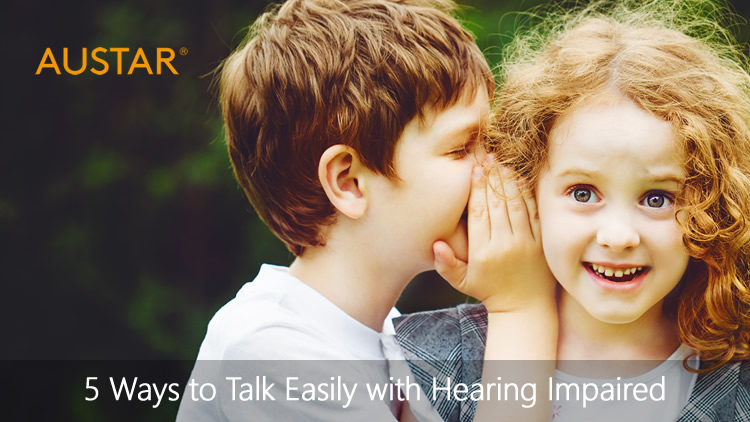











































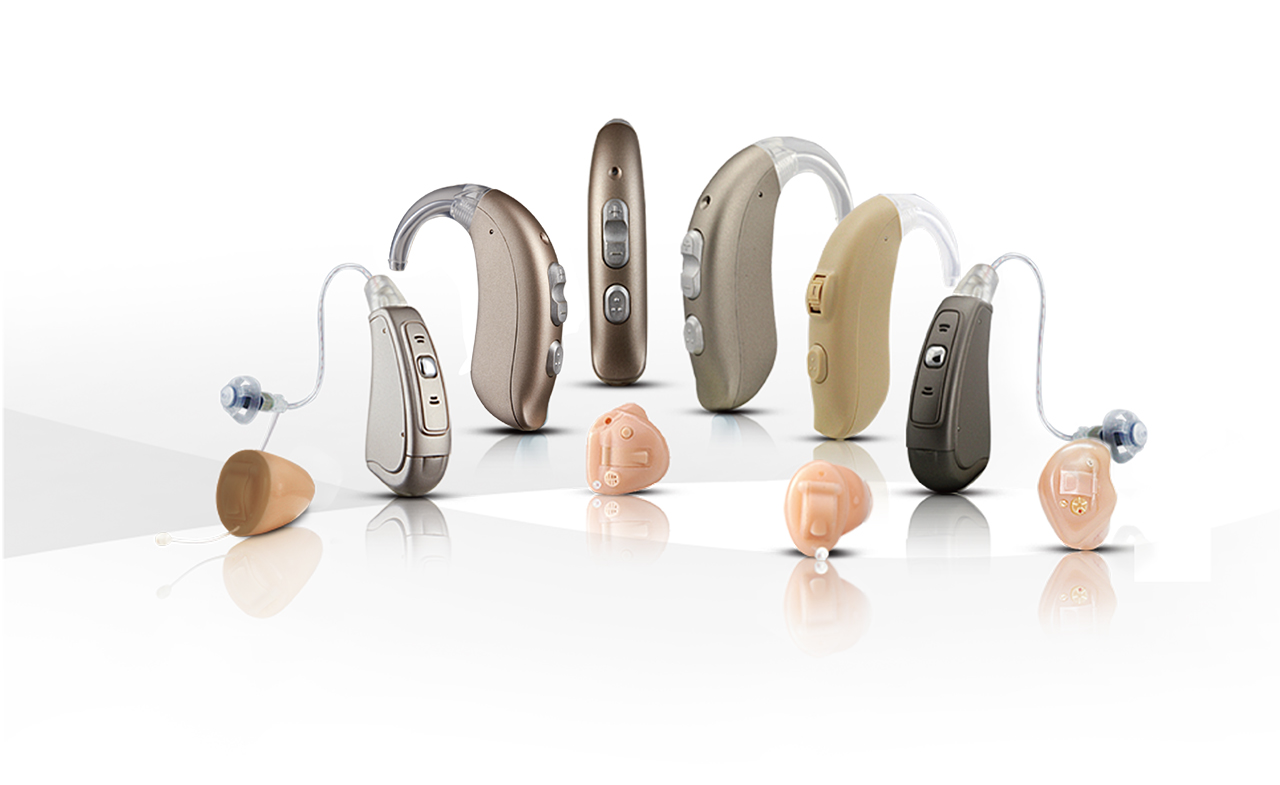

















 ntifying hearing loss
ntifying hearing loss
































